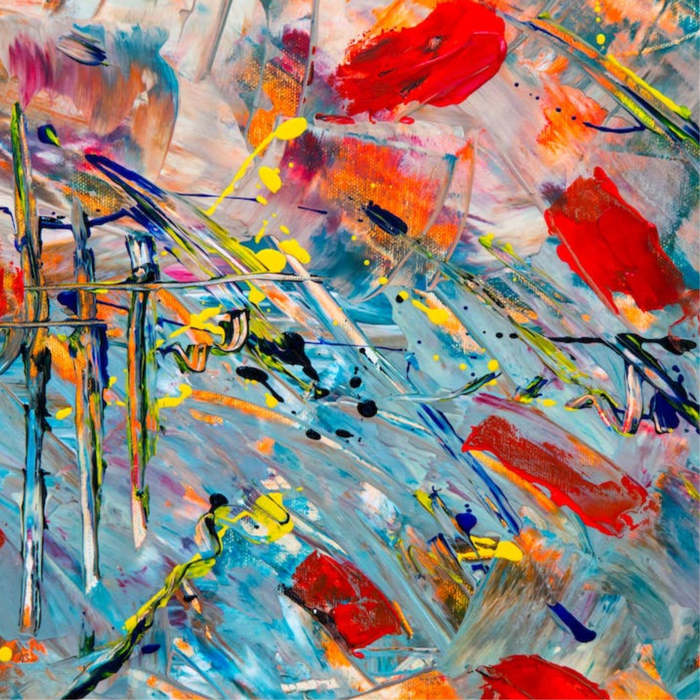
The arts have the power to bring people together and celebrate the diversity of our world. From music and dance to visual art and theater, the arts allow us to explore different cultures and perspectives, and to connect with others on a deeper level. However, for the arts to truly represent the diversity of our world, it's important that they are inclusive and accessible to people of all backgrounds.
Cultural diversity in the arts is important for several reasons. First, it allows us to celebrate and honor the unique traditions and histories of different cultures. When we see art that reflects our own culture, we feel seen and heard. When we see art that reflects other cultures, we can gain a greater understanding and appreciation of those cultures.
Second, cultural diversity in the arts can promote social change and challenge stereotypes and prejudices. By showcasing a wide range of perspectives and experiences, the arts can help break down barriers and foster understanding between different communities. This can help promote social justice and equity.
However, achieving cultural diversity in the arts is not always easy. There are many systemic barriers that can prevent artists from underrepresented communities from gaining recognition and opportunities. It's important for arts organizations and institutions to actively work to address these barriers and create more inclusive spaces.
The arts serve as a means of cultural expression and storytelling, providing a platform for people to share their experiences and perspectives with the world. Embracing cultural diversity in the arts allows for a more inclusive representation of the world's people and their histories, ultimately contributing to a richer and more nuanced artistic landscape.
Additionally, cultural diversity in the arts can also have economic benefits. By embracing diverse perspectives and audiences, arts organizations can expand their reach and increase their revenue. This can create more opportunities for artists and contribute to the overall growth and sustainability of the arts industry.
Furthermore, cultural diversity in the arts can also have a positive impact on mental health and well-being. Exposure to diverse art forms and perspectives can broaden our horizons and encourage empathy and understanding towards others. This can lead to a greater sense of connectedness and community, which can have a positive impact on mental health outcomes.
In order to fully embrace cultural diversity in the arts, it is important for individuals and organizations to actively seek out and support artists from underrepresented communities. This can involve providing access to resources and opportunities, as well as actively working to create inclusive spaces and platforms for diverse artists to showcase their work.
Overall, cultural diversity in the arts is essential for promoting social change, fostering understanding between different communities, and creating a more inclusive and diverse world. By valuing and embracing diverse artistic perspectives, we can create a more vibrant and equitable arts industry, and ultimately, a more just and equitable society.
In conclusion, cultural diversity in the arts is essential for celebrating the richness and diversity of our world, promoting social change, and fostering understanding between different communities. By actively working to create more inclusive spaces and opportunities for artists of all backgrounds, we can ensure that the arts truly represent and celebrate the diversity of our world.
Recommended articles

